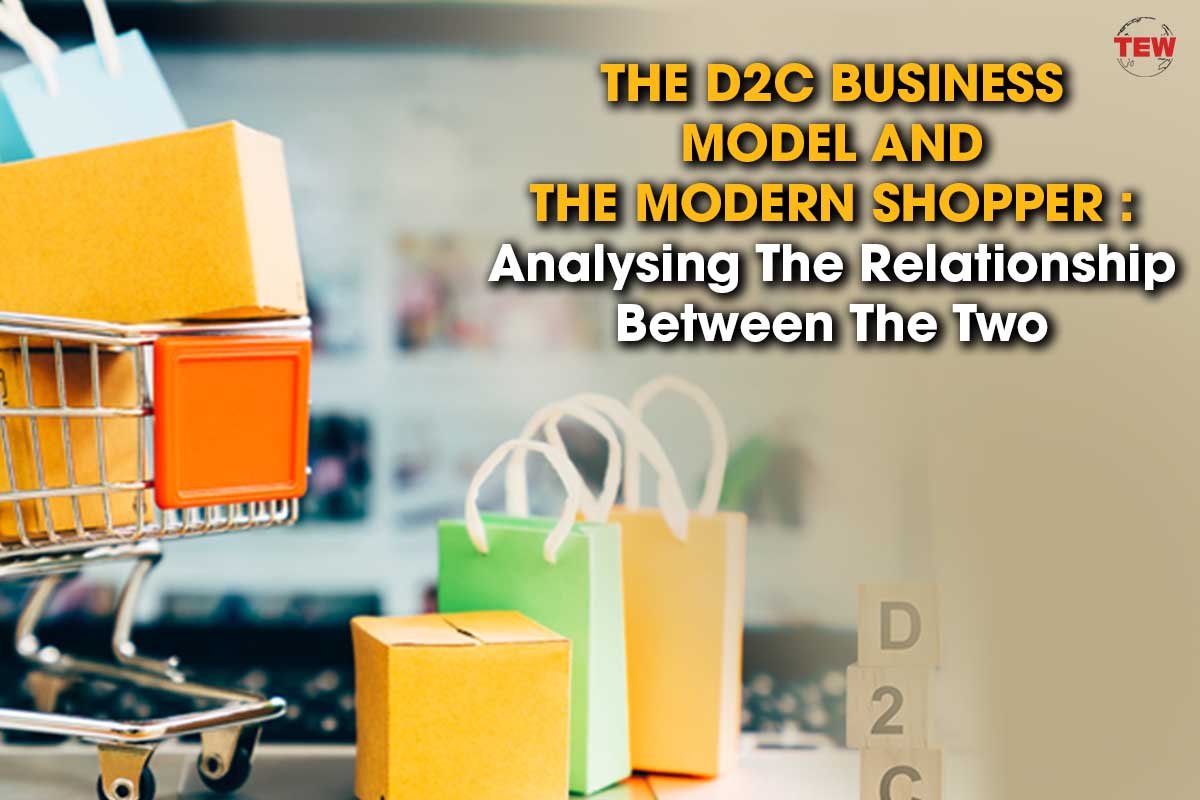In this article, you will get to know the difference or relationship between the D2C Business Model and modern shopper.
The beginning of the new decade might have had a bewildering start but redirect your attention to new age terms like B2B, B2C, D2C and you will know how the world of business has been positively impacted. With new gen disruptive start-ups making it big on the business scene, it is safe to say that there is very little room left for traditional business models to catch the customer’s fancy. And rightly so!
All thanks to the pandemic that raged on for almost two years, consumers both world-wide and in the Indian sub-continent found favour with brands that catered to their needs, minus the need to step out in public. Specifically talking of D2C businesses in India, a radical shift in consumer behaviour has been noticed. Cue enough for Bharat to witness a thrust of over 800 D2C brands on the business scene. The D2C (direct-to-consumer) channel of business is in fact forecasted to reach $100B by 2025 as per a KPMG report.
D2C Business Model and modern shopper
How The D2C Market Works
A stark departure from pre-internet brands and labels that relied largely on distributors, the D2C template emphasizes a digital-first approach along with an innovative marketing strategy that eliminates the need of third-party suppliers.
Simply put, the barrier between the consumer and the producer along with the concept of middle-men stands eradicated in the world of D2C. This enables the D2C players to directly enter the market and tap into consumer psychology, leading them to craft better sales strategies in accordance to customer needs, thus proving the customer is indeed king!
How D2C Businesses Have Impacted The New-Gen Customer
Creating a world of endless possibilities, the D2C model is an enterprising and inspiring movement scripting trailblazing success in the business realm. Today, the fervour of these consumer-first ventures has successfully trickled down from the metropolitan cities of India and penetrated the humble households of small towns.
Today, the average Indian hosts get-togethers with Licious kebab packages, looks at the world through Lenskart, grooves to the sound of music with Boat and gets party ready with SUGAR. With India totalling about 692 million active internet users, the D2C market is thriving and leading on the e-commerce business front to grow in leaps and bounds. Carpe Dieming their way to success, D2C labels are leveraging the power of social media, AI and analytical tools to become better than the best for their target audience.
Using the tropes of moment marketing, influencer campaigns and viral ads, these market players have been able to unlock the immense potential of the Indian consumer from Kashmir to KanyaKumari, quite literally. With data equally the power of currency and guiding the brands to spot-on success, shopping in 2022 is quite an experience. Simple, smooth and conscious.
D2C Trends For 2022
Spearheading an innovative brand-customer relationship, the D2C ecosystem is a fiesta of contemporary business trends that helps to build a brand image and not just sell products. Empowered by ingenious marketing M.Os the blueprint for D2C success remains delving into fresh and creative strategies to engage new customers and retain the old ones. After all, at least 70% millennials regard brand value as a contributing factor towards their digital buys.

Taking a look at the map for 2022, it’s safe to say AI-personalised chatbots are going to be an inevitable introduction in order to personalize shopping experiences 2x. With convenience weighing high for consumers, the best of D2C brands can also be expected to make fruitful appearances on various omni channel shopping networks. Talking about the future of the D2C market in India, brands will also pull up their socks and their content game, throwing in fail-proof templates of SEO-friendly blogs, energetic SMM tactics and engaging storytelling through marketing campaigns. Finally, business agendas championing sustainability are most likely to occupy a spot to connect with an audience that enlists brand transparency as a must.
Driven by the motivation to couple up convenience and experience, the D2C industry is all set to harness the strength of data, consumer behaviour and insightful shopping patterns to foster a loyal relationship with its clients, old, new and anticipated.
Author Name: Dhruv Manchanda





